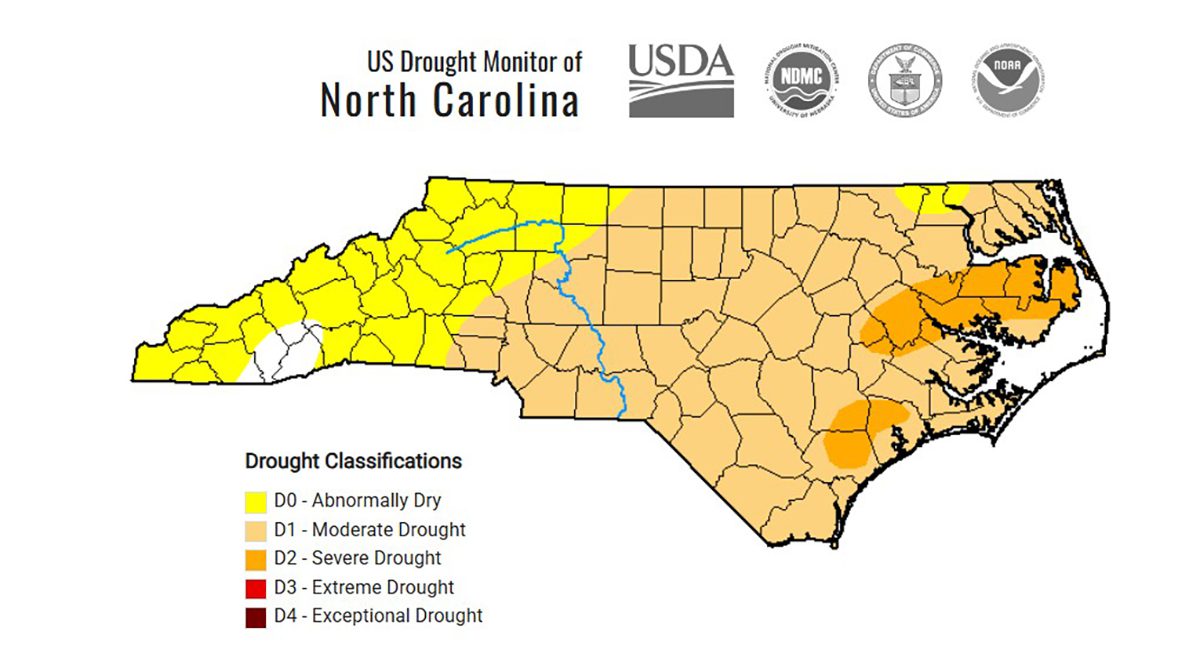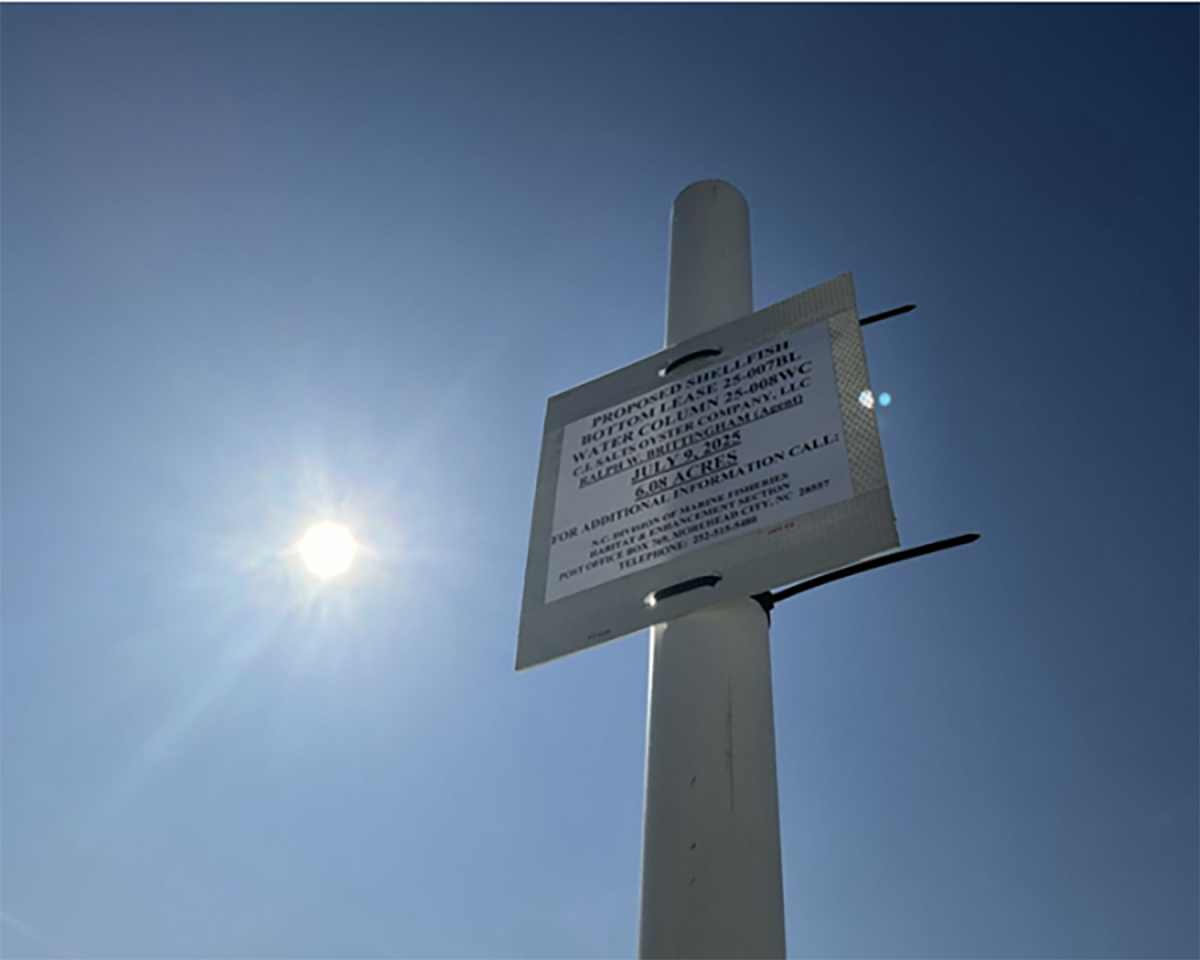
All or portions of nearly a dozen eastern North Carolina counties are experiencing severe drought conditions.
North Carolina’s Drought Management Advisory Council’s latest advisory, which was issued Thursday, includes some or all Beaufort, Dare, Duplin, Greene, Hyde, Martin, Onslow, Pender, Pitt, Tyrrell and Washington counties.
Supporter Spotlight
All of the state’s other coastal counties and those well west are experiencing moderate drought conditions, according to the latest map.
“This current dry spell in North Carolina began with a very dry October and warm November,” Klaus Albertin, Drought Management Advisory Council chair, said in a release. “We have had a number of rain events, but the total monthly precipitation for many areas in the state has been below average in October, November and December. While some areas received four to 4 to 6 inches of snowfall last week, the water equivalence of snow is much less than rainfall, so the end effect was less than an inch of moisture.”
He said the mid- to long-term forecast is calling for a continued dry winter because of the La Nina pattern, which typically occurs every 3 to 5 years when ocean temperatures in the central and east-central equatorial Pacific cool.
Though water systems are not expected to be greatly impacted because of lower demand and dormant vegetation, residents living in severe drought conditions are encouraged to follow local water utilities’ water shortage response programs.
The drought map is updated every Thursday, based on conditions through the previous Tuesday.
Supporter Spotlight
The N.C. Department of Environmental Quality’s Division of Water Resources organizes the drought advisory council.
The council is a collaboration of drought experts from state agencies in North Carolina, South Carolina and Virginia. These experts meet weekly and submit their drought condition recommendations to the National Oceanic and Atmospheric Administration, U.S. Department of Agriculture, and the National Drought Mitigation Center for updates to the U.S. Drought Monitor.
More information is available at https://www.ncdrought.org/ed.








